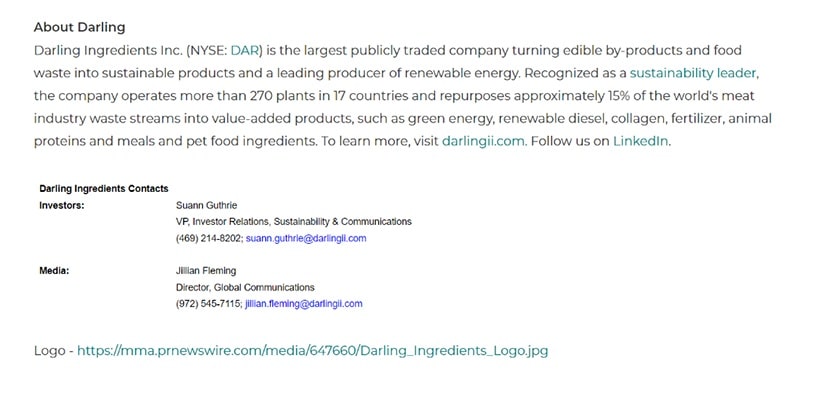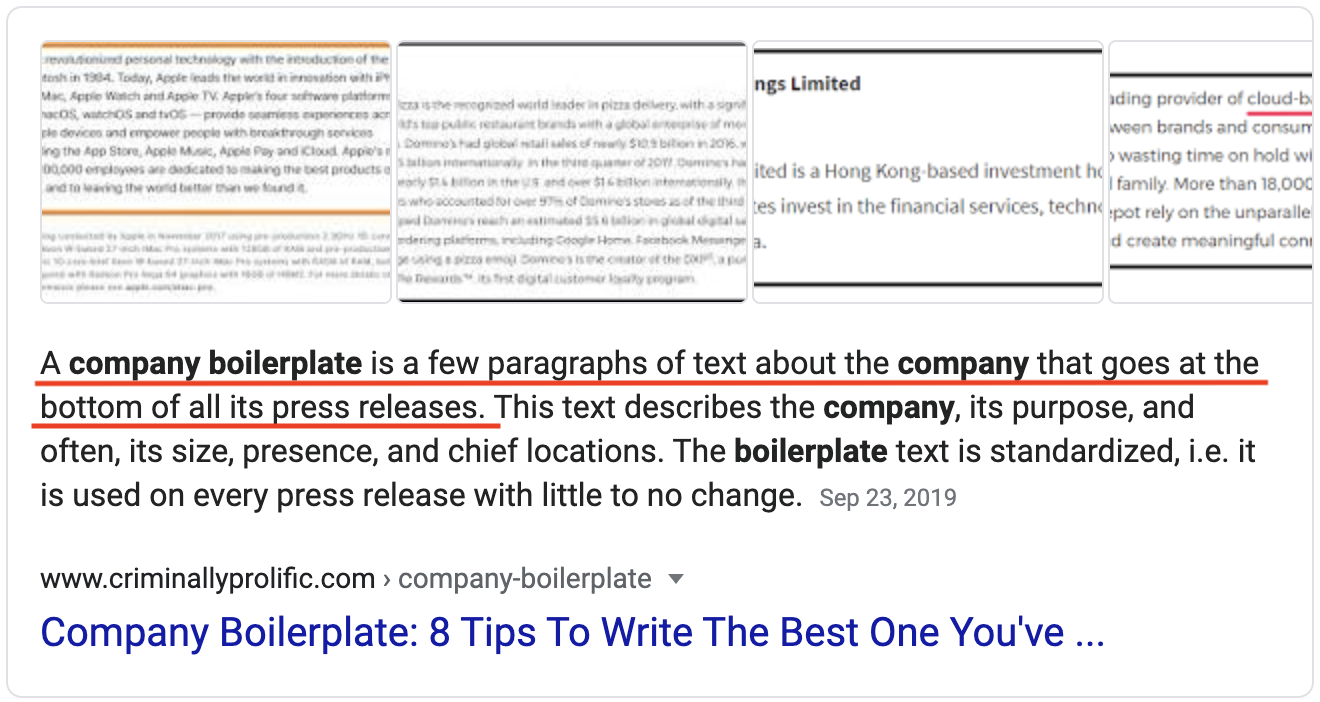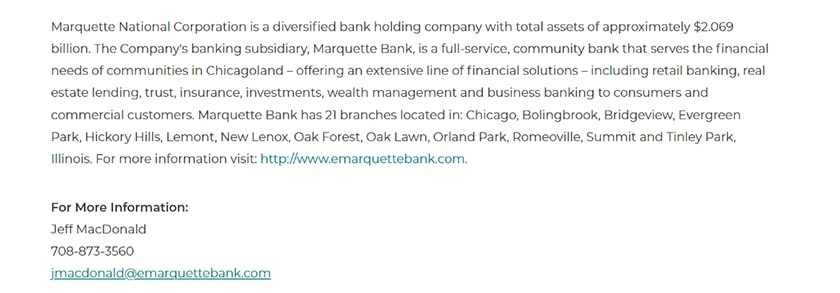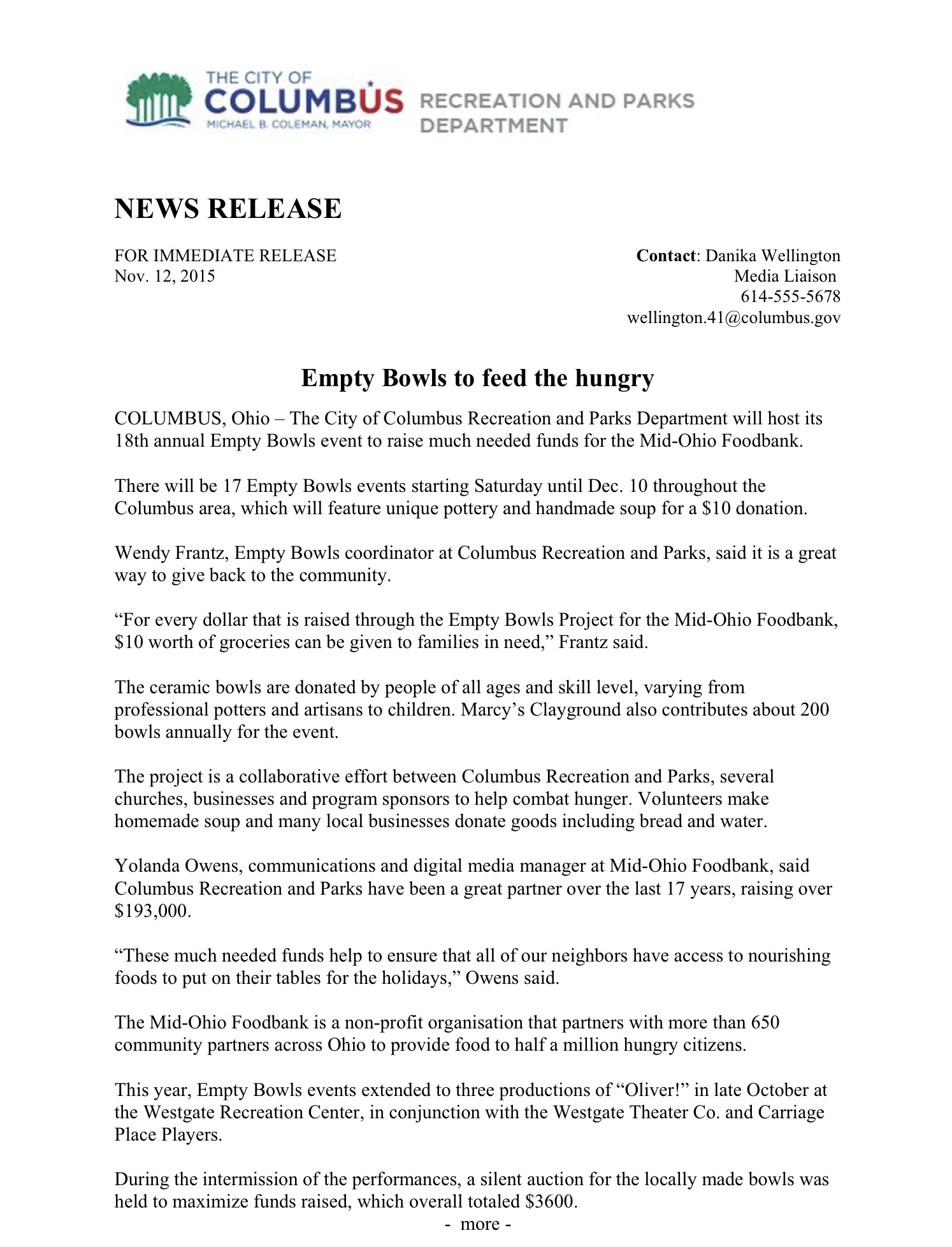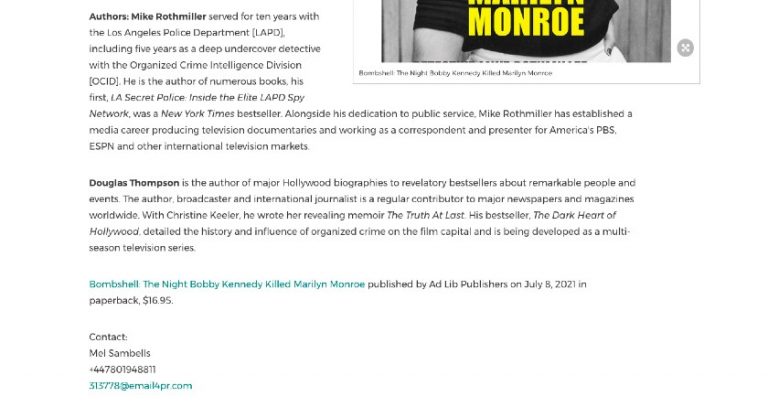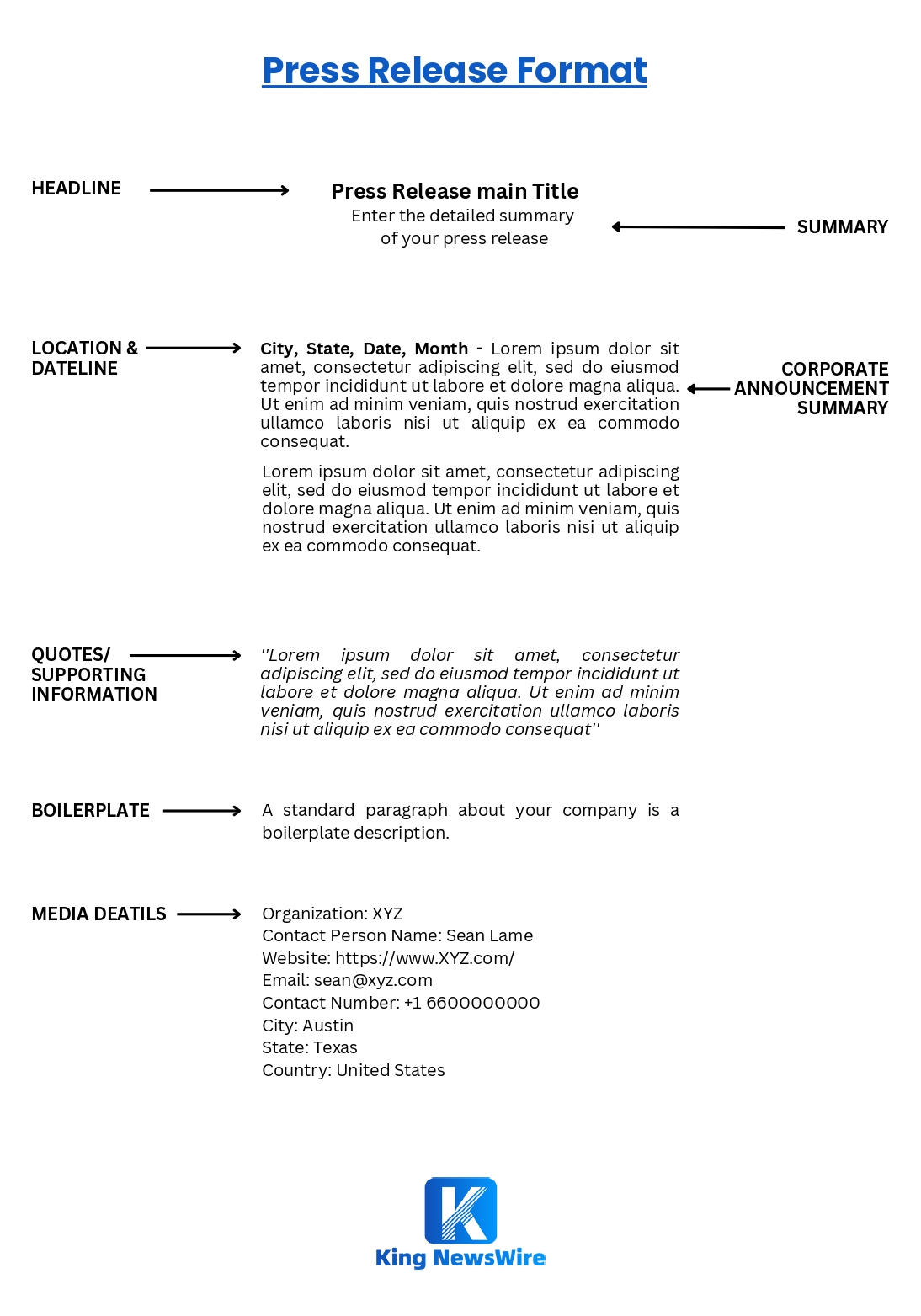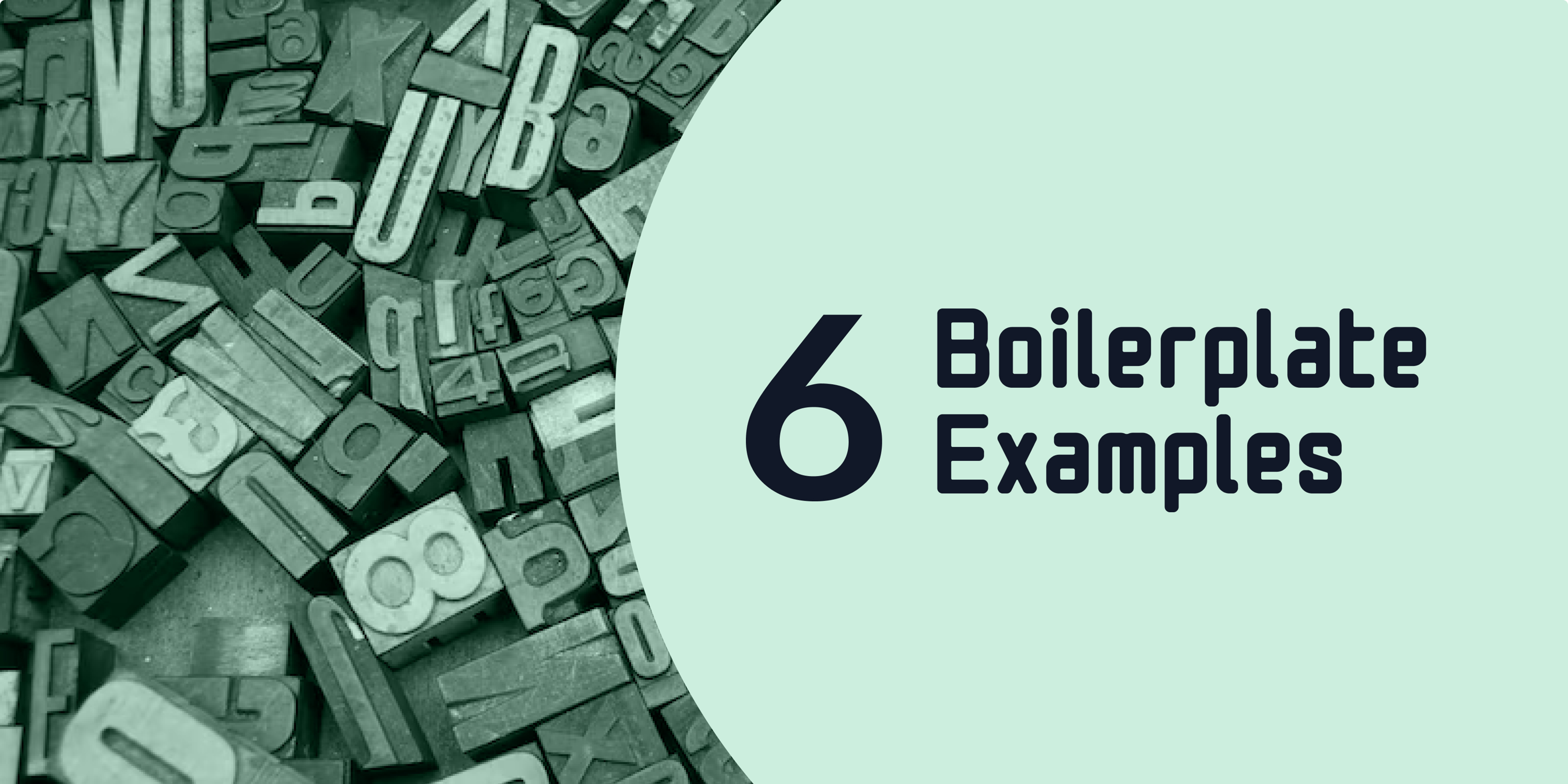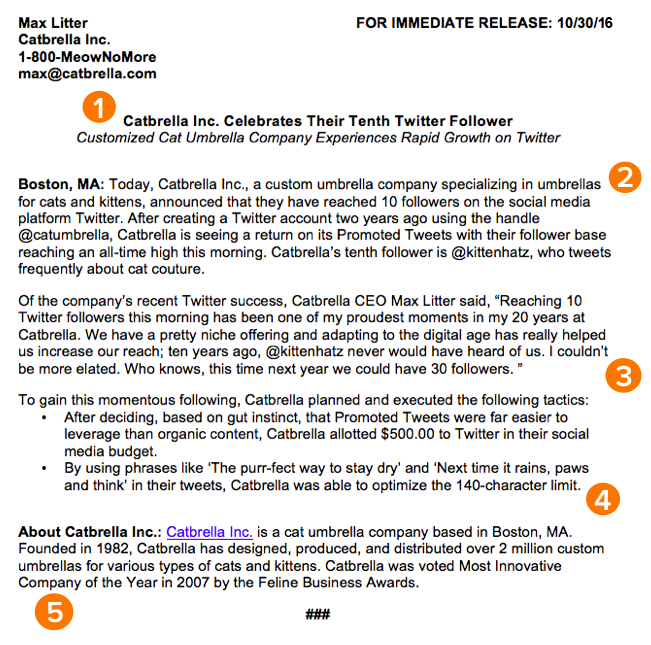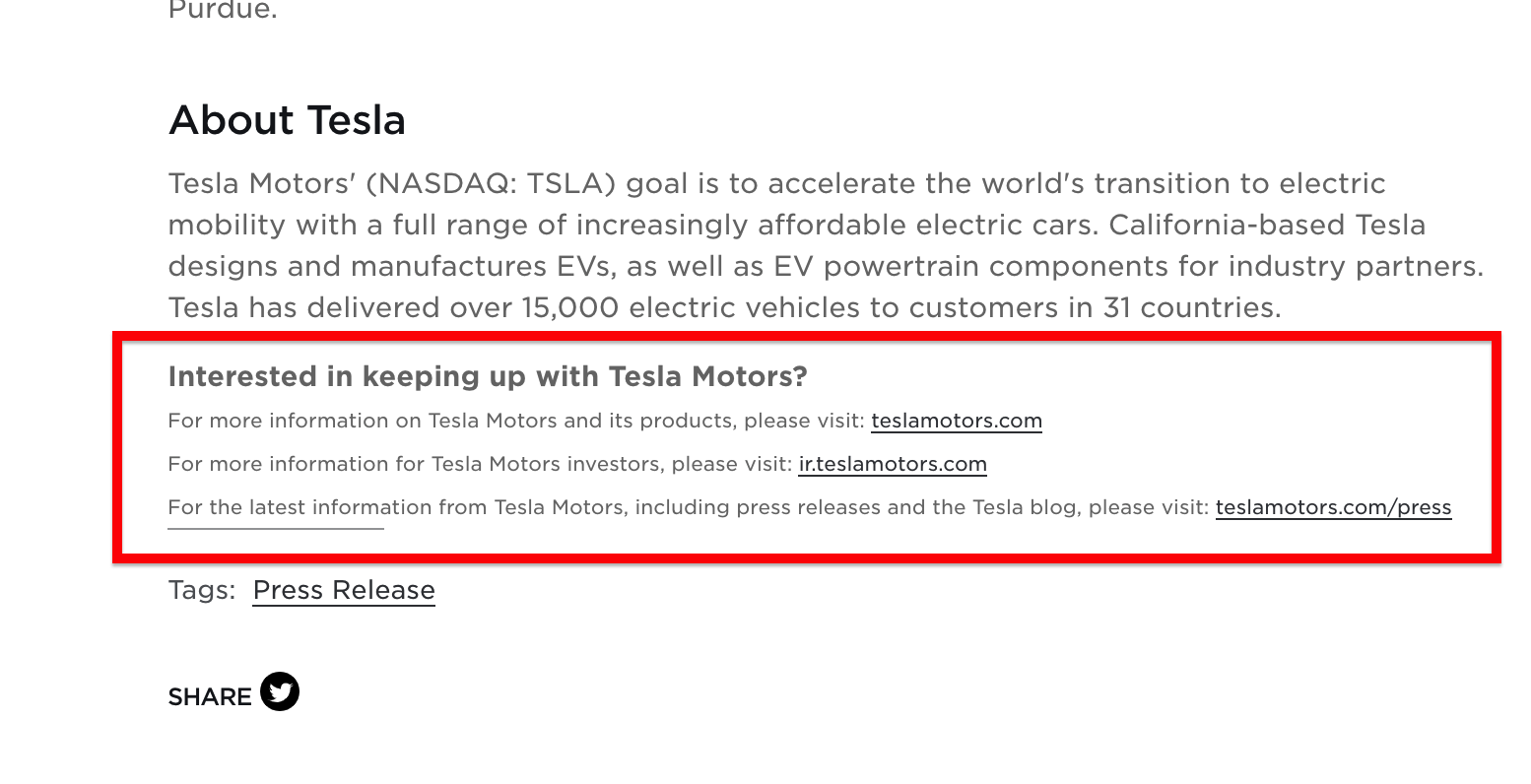What Is A Boilerplate For A Press Release
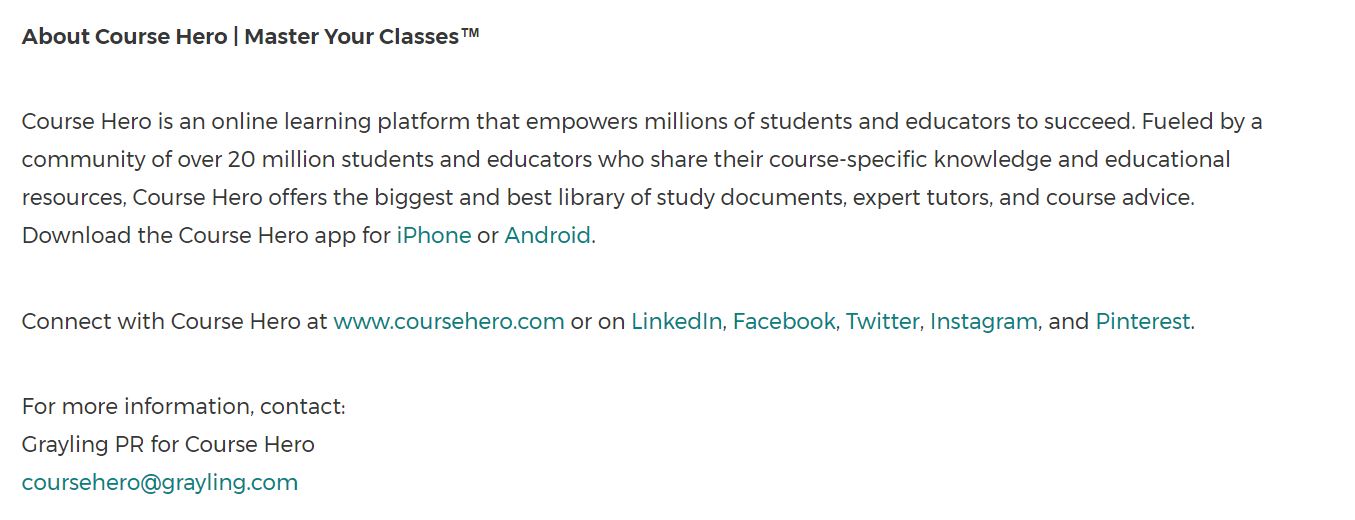
Time is of the essence for effective communication. Understanding the boilerplate in a press release is critical for shaping your brand narrative and ensuring consistent messaging.
The boilerplate, a concise company description at the end of a press release, is a vital piece of your communication strategy.
What Exactly is a Boilerplate?
A boilerplate, often found at the tail end of a press release, provides a succinct snapshot of the issuing organization. Think of it as an "About Us" section specifically tailored for media consumption. Its purpose is to provide journalists and readers with context about the company without requiring them to search for information elsewhere.
According to a 2023 study by PR Newswire, press releases with well-crafted boilerplates had a 22% higher pickup rate by media outlets. This underscores the importance of investing time and effort into crafting a compelling and informative boilerplate.
Key Components of a Boilerplate:
A strong boilerplate usually includes a few essential elements. These elements help to build credibility and provide context for the reader.
First and foremost, include a brief but impactful company mission statement. The mission statement should clearly articulate the company's goals and purpose.
Secondly, highlight key achievements and milestones to demonstrate the company's success and impact. These can be impressive revenue figures or important product innovations.
Thirdly, you should mention the industries served. This helps journalists understand the scope of your business.
Lastly, don't forget to add a concise summary of the company's core values and unique selling proposition (USP). This sets your company apart from the competition.
Why is the Boilerplate Important?
The boilerplate serves as a quick reference for journalists, analysts, and other stakeholders. It provides a consistent and easily accessible source of information about your organization.
A well-written boilerplate can significantly enhance your credibility. Furthermore, it provides context for the news being announced in the release.
By providing readily available information, you streamline the journalist's research process. This increases the likelihood of accurate and comprehensive coverage.
Best Practices for Boilerplate Creation
Creating an effective boilerplate requires careful consideration and strategic messaging. Avoid generic language and focus on what makes your company unique.
Keep it concise and to the point. Ideally, a boilerplate should be no more than 100-150 words.
Regularly update your boilerplate to reflect your company's latest achievements and strategic direction. An outdated boilerplate can undermine your credibility.
Use keywords relevant to your industry to improve searchability. This also helps journalists quickly understand your company's focus.
Ensure consistency in branding and messaging. The boilerplate should align with your overall corporate communication strategy.
Examples:
Here are a few examples to illustrate effective boilerplates.
Example 1: (Technology Company)
Acme Innovations is a leading provider of cloud-based solutions for small businesses. Empowering companies with cutting-edge technology and dedicated customer support, Acme Innovations helps businesses thrive in today's digital landscape. Founded in 2010, Acme Innovations is committed to innovation and customer success.
Example 2: (Non-Profit Organization)
Global Relief Foundation is a non-profit organization dedicated to providing humanitarian aid to communities in need. Since 2005, Global Relief Foundation has worked tirelessly to alleviate poverty, promote education, and provide disaster relief. With a focus on sustainability and empowerment, Global Relief Foundation strives to create lasting change in the world.
Common Mistakes to Avoid
Several common mistakes can undermine the effectiveness of your boilerplate. It's important to avoid these pitfalls to ensure your message resonates.
Avoid using jargon or technical terms that may not be easily understood. Keep the language clear and accessible to a broad audience.
Don't make unsubstantiated claims or exaggerations. Focus on factual information and verifiable achievements.
Avoid including irrelevant information or details that don't contribute to the overall message. Keep it focused and concise.
Next Steps
Review your current boilerplate and assess its effectiveness. Is it concise, informative, and up-to-date?
Implement the best practices outlined above to create a compelling and impactful boilerplate. Ensure it accurately reflects your company's mission and values.
Continuously monitor and update your boilerplate to ensure it remains relevant and aligned with your overall communication strategy. A well-crafted boilerplate is an ongoing investment in your company's reputation and success.

![What Is A Boilerplate For A Press Release How to Write a Press Release Boilerplate [Template] | Newswire](https://www.newswire.com/blog/wp-content/uploads/2018/04/NW_Boilerplate-Checklist-1.png)
